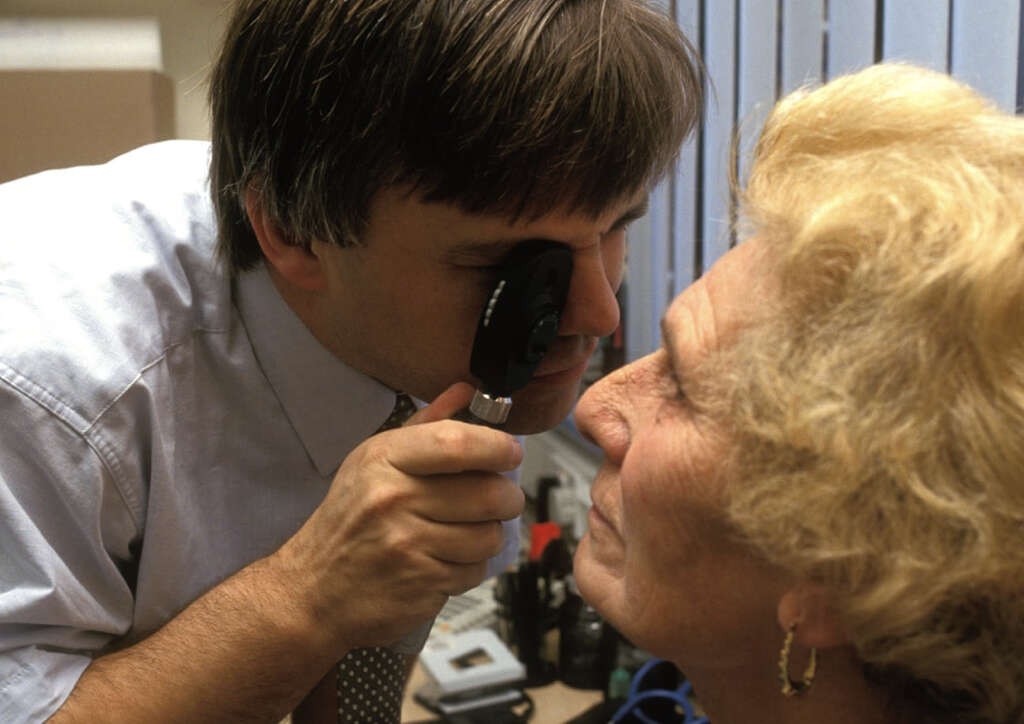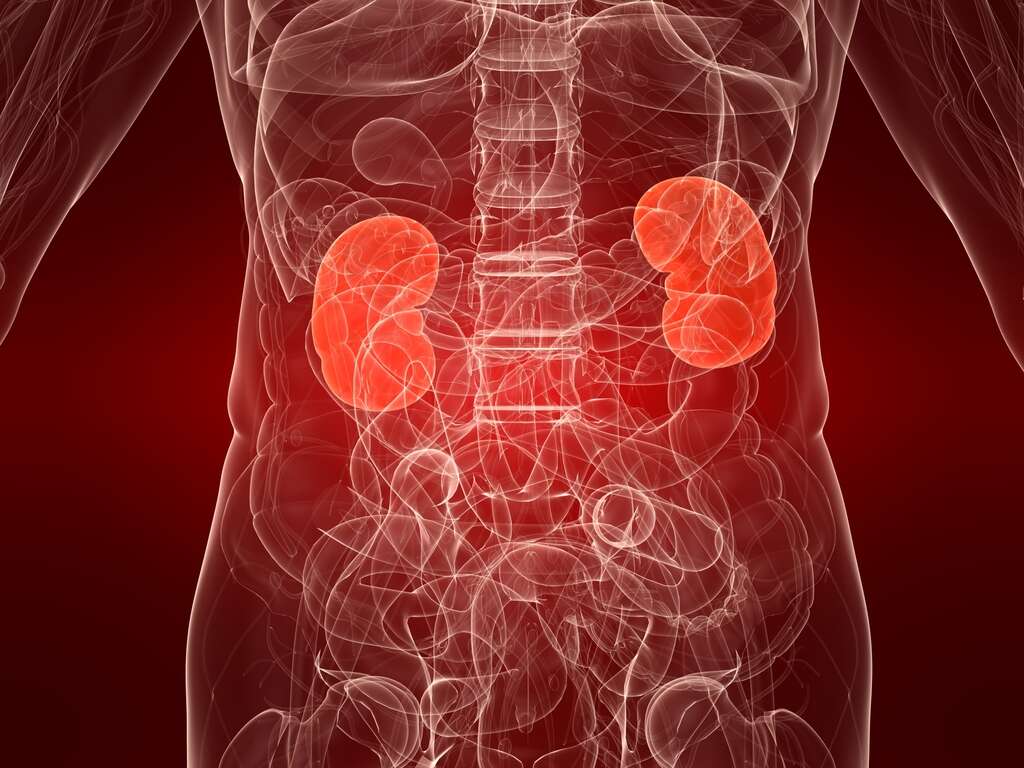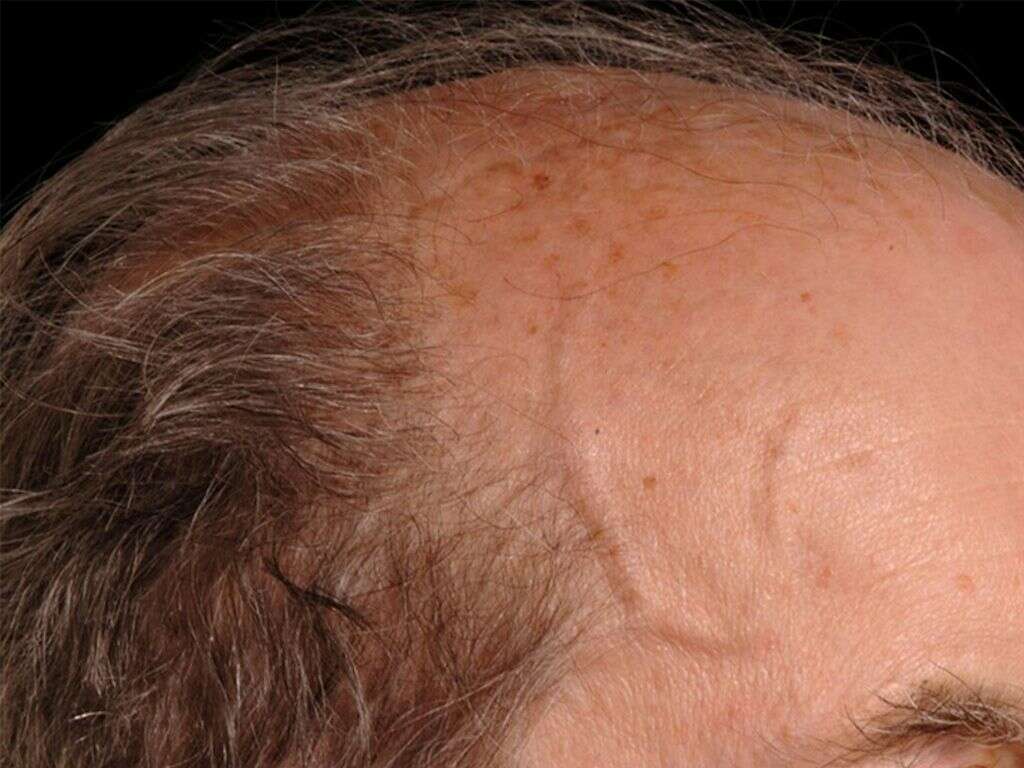What Is Giant Cell Arteritis?
6. Diagnosis
Multiple approaches are taken in trying to diagnose GCA. Because there are other likely conditions responsible for symptoms experienced, a more comprehensive approach is used in diagnosis. This often begins with a physical exam of the head. The doctor will likely feel around to ascertain if there is tenderness around the arteries. This is often coupled with several blood tests. Some of these check on how well the liver is working, red blood cell activity, and protein levels.
An ultrasound may also be performed to identify the extent of the damage. The most effective diagnosis is however normally achieved through a biopsy. This means taking a sample of tissue or cells from an artery for analysis. Though it may sound scary, a biopsy is often very simple and carried out painlessly as an outpatient procedure under local anesthesia.
Advertisement












